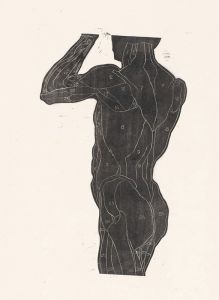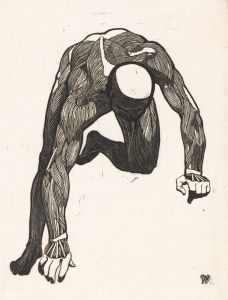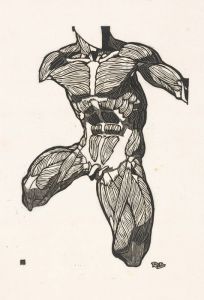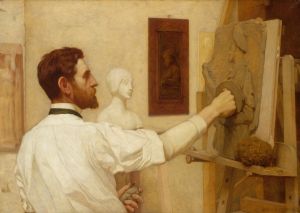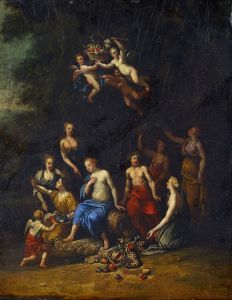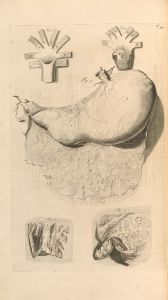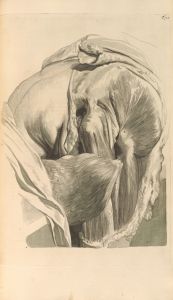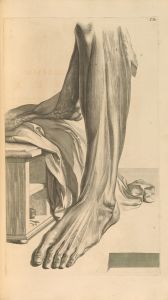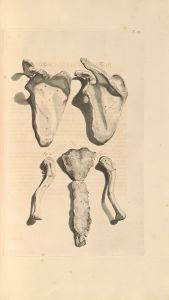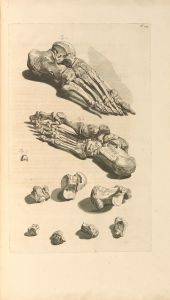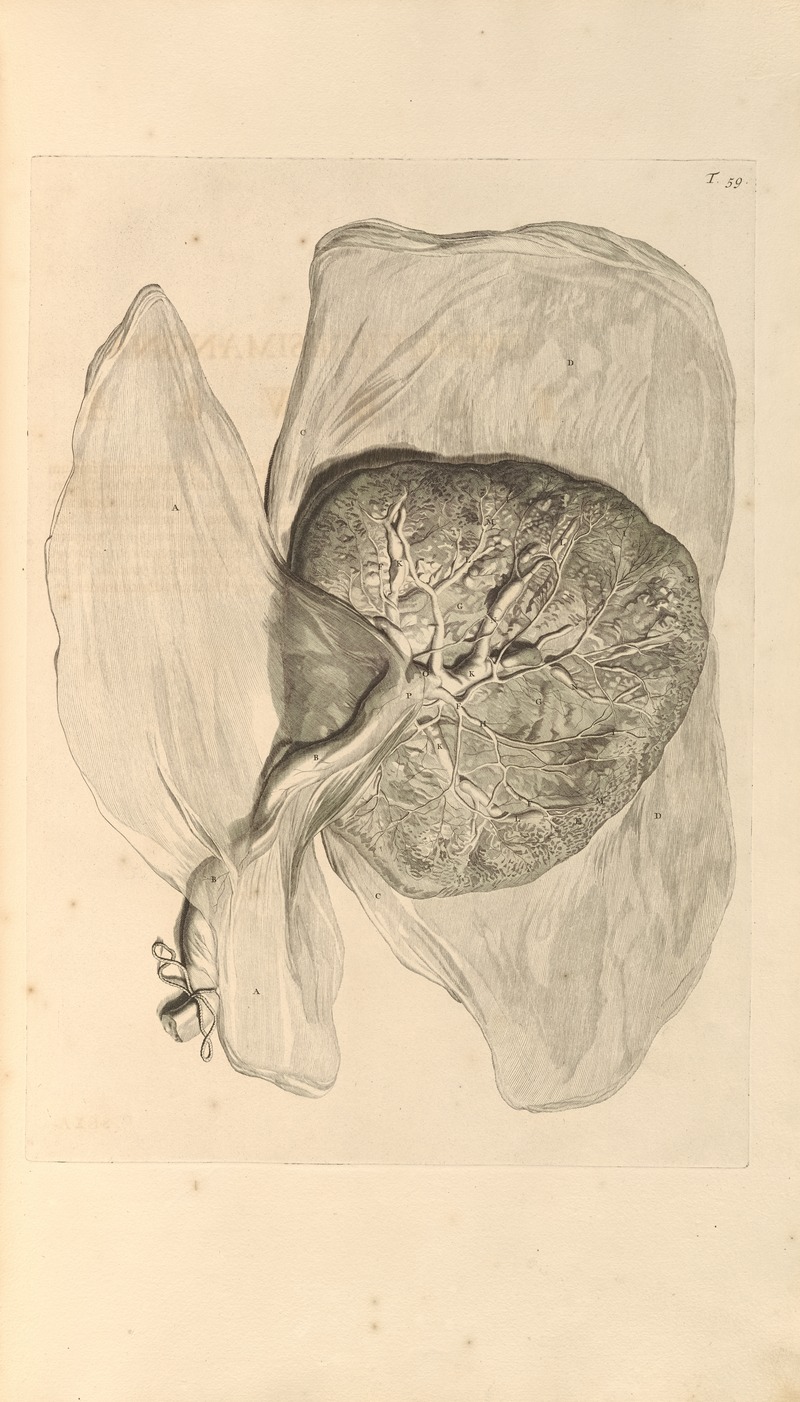
Anatomia humani corporis Pl.060
A hand-painted replica of Gerard de Lairesse’s masterpiece Anatomia humani corporis Pl.060, meticulously crafted by professional artists to capture the true essence of the original. Each piece is created with museum-quality canvas and rare mineral pigments, carefully painted by experienced artists with delicate brushstrokes and rich, layered colors to perfectly recreate the texture of the original artwork. Unlike machine-printed reproductions, this hand-painted version brings the painting to life, infused with the artist’s emotions and skill in every stroke. Whether for personal collection or home decoration, it instantly elevates the artistic atmosphere of any space.
Anatomia humani corporis Pl.060 is an anatomical illustration created by Gerard de Lairesse, a prominent Dutch Golden Age artist and illustrator. This work is part of the larger collection of anatomical plates featured in the book Anatomia Humani Corporis (1685), authored by the Dutch anatomist Govard Bidloo. The book is widely regarded as a significant contribution to the study of human anatomy during the late 17th century.
Gerard de Lairesse, known for his expertise in classical and Baroque art, was commissioned to create the illustrations for Bidloo's anatomical atlas. His work in Anatomia Humani Corporis is notable for its artistic precision and dramatic presentation of the human body. Plate 060, like other illustrations in the collection, depicts a detailed dissection of human anatomy, showcasing muscles, bones, and other internal structures. The image is rendered with a combination of scientific accuracy and artistic flair, reflecting the collaboration between art and science during this period.
The illustrations in Anatomia Humani Corporis were engraved by Abraham Blooteling and other skilled engravers, based on de Lairesse's original drawings. These engravings were intended to provide medical students and professionals with a visual reference for understanding the complexities of human anatomy. However, the book's dramatic and sometimes theatrical presentation of cadavers also sparked debates about the balance between scientific utility and artistic expression in anatomical illustration.
Gerard de Lairesse's contributions to this work are particularly remarkable given his personal circumstances. Later in life, he suffered from congenital syphilis, which led to blindness. Despite this, his earlier works, including the illustrations for Anatomia Humani Corporis, remain influential in both the fields of art and medical history.
The publication of Anatomia Humani Corporis marked a turning point in anatomical studies, as it emphasized the importance of detailed visual documentation. While the book was initially criticized for its high cost and limited accessibility, it has since been recognized as a masterpiece of anatomical illustration. Plate 060, along with the other plates in the collection, continues to be studied and appreciated for its historical and artistic significance.





